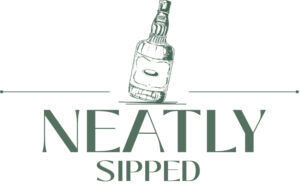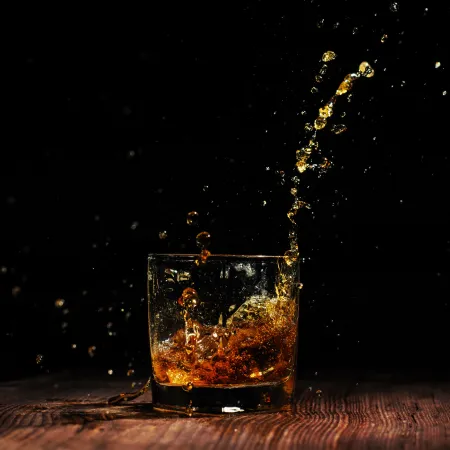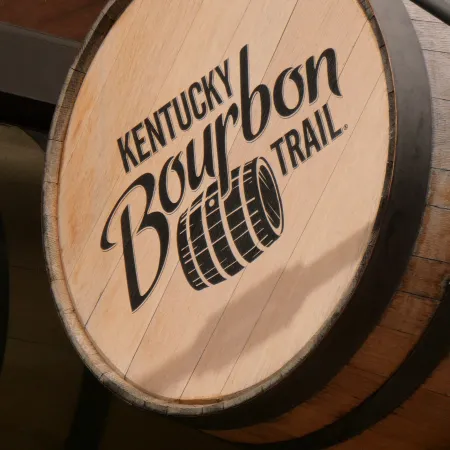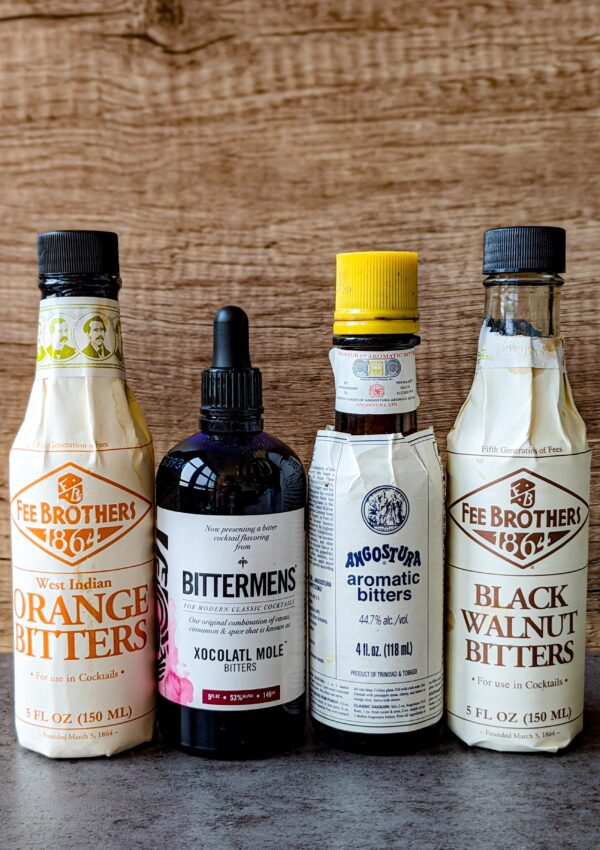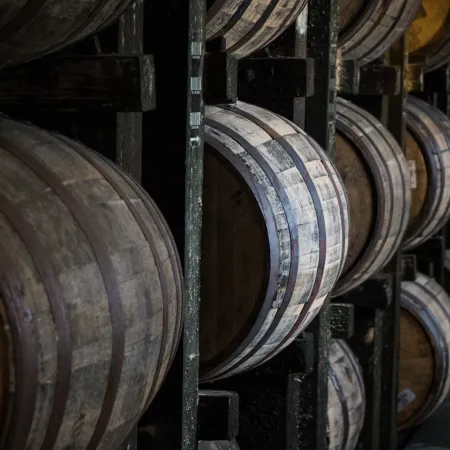
If you’re the type of person who really likes rules, then Bottled-in-Bond (BIB) bourbon is for you.
Bourbon hasn’t always been the tightly regulated, super pure whiskey you know and love today. In fact, prior to 1897, the bourbon industry was a bit of a hot mess. Throughout the 1800s, bourbon distilleries sold their product by the barrel to thirsty consumers. These people could either save that whole barrel for a rainy day or turn around and try to resell the product for themselves. Unfortunately, in the resale process people started to dilute the bourbon with other random ingredients or skip the initial buy and DIY their own “bourbon” with tobacco, iodine, turpentine, water, and whatever else. Even less reputable distilleries started adding additional ingredients or trying to market a false product. It was basically the Wild West out there.
All this shadiness was cutting into both the reputation and market share of the real, legitimate distilleries, but they actually weren’t the first to act. The fancy, schmancy politicians of the time took a lot of pleasure in bourbon whiskey. In fact, there are plenty of stories and evidence that show the close connection between politicians and presidents and distillers: They dined together, partied together, travelled together, and were about to make laws together. But it was the politicians who first raised concern that the bourbon they were sipping was, umm, not guaranteed to be great.
While history doesn’t exactly name who approached who first, the leaders of the BIB group became John G. Carlisle, the Secretary of Treasury at the time, and bourbon legend, Colonel E.H. Taylor Jr. The government’s petition was to create a set of regulations to help ensure the quality of bourbon and therefore the health of its consumers. The end result of these regulations would certainly help the distillers, but the process of putting those regulations into place? Meh. Seemed like a lot of work and a lot of money. Crafty as they were, the distillers needed a bit more incentive to get on board.
At the time, bourbon was susceptible to an excise tax: A tax laid on any manufactured good at the moment that it is manufactured. That comes out to a whole lot of money for distilleries and can really hurt the wallet if you then need to wait for your product to age before seeing a profit. As part of the deal, distilleries would be allowed to delay payment of the tax until the bourbon was fully aged and ready to be sold. A huge plus for the distillery businessmen, with one little catch. To avoid any swindling of that precious tax money, distilleries participating would need to produce their bourbon in a “federally bonded warehouse.” That essentially boils down to a warehouse monitored by the government to make sure the taxes are paid appropriately.
The final tax clause was the last bit of convincing the distilleries needed. So in 1897, the Bottled-in-Bond Act was passed and put forth a new legal classification of bourbon. From that point on, consumers would know that any bottle containing the Bottled-in-Bond label would have met the following requirements:
- Produced from one distillery
- Produced from one season
- Aged for at least four years
- Aged in a federally bonded warehouse
- Bottled at exactly 100 proof
They may be over a century old, but those same requirements hold true today. While these days, all bourbon products are regulated for a higher quality, Bottled-in-Bond is still the mark of a truly exceptional bottle.
